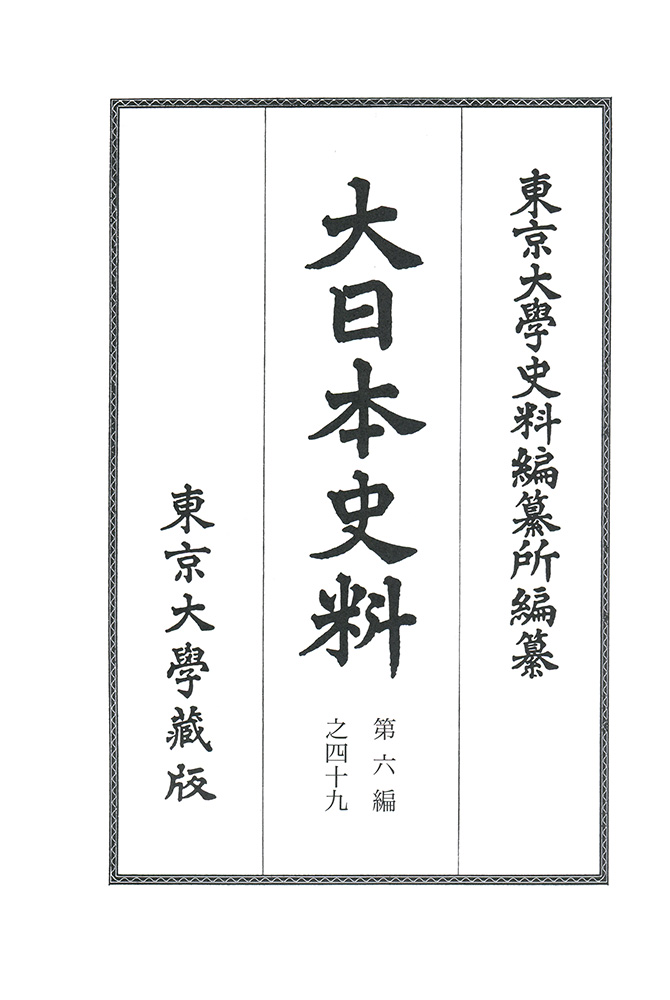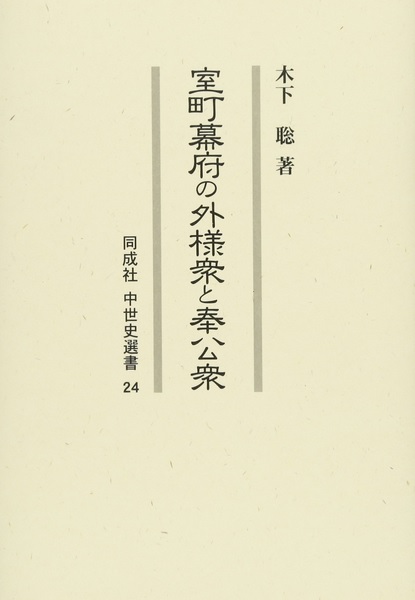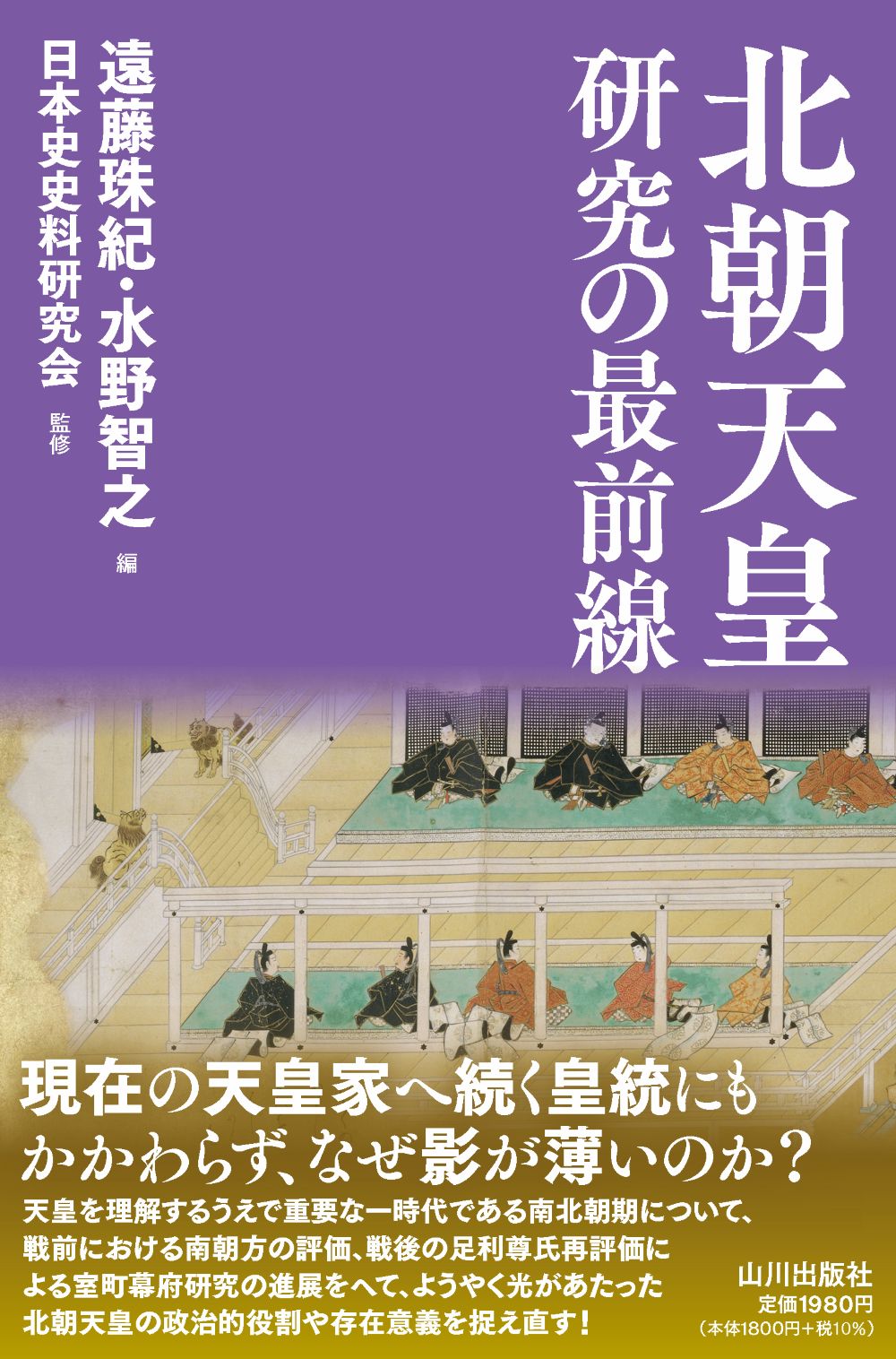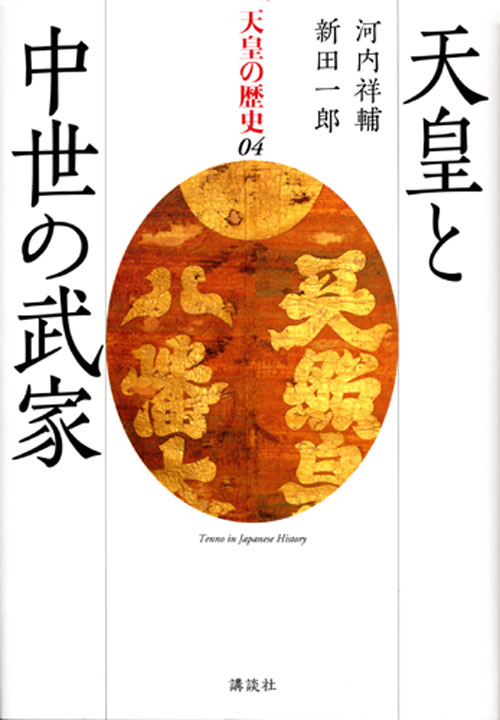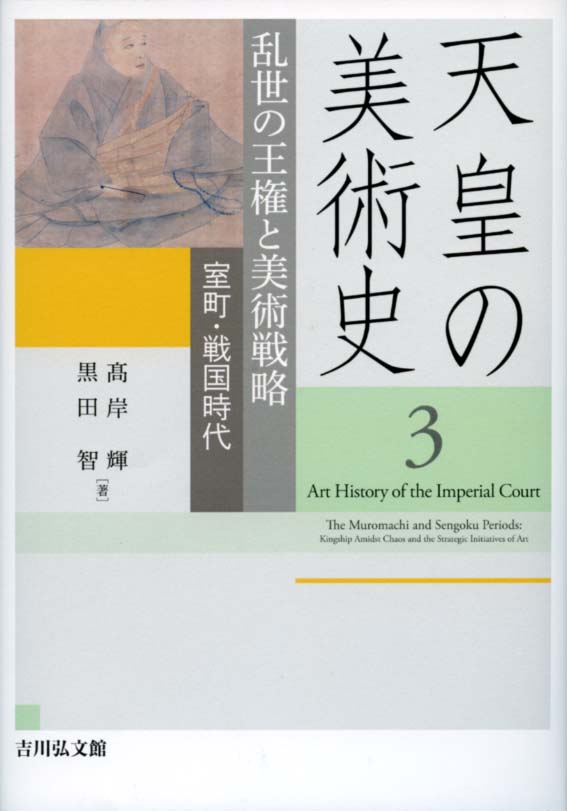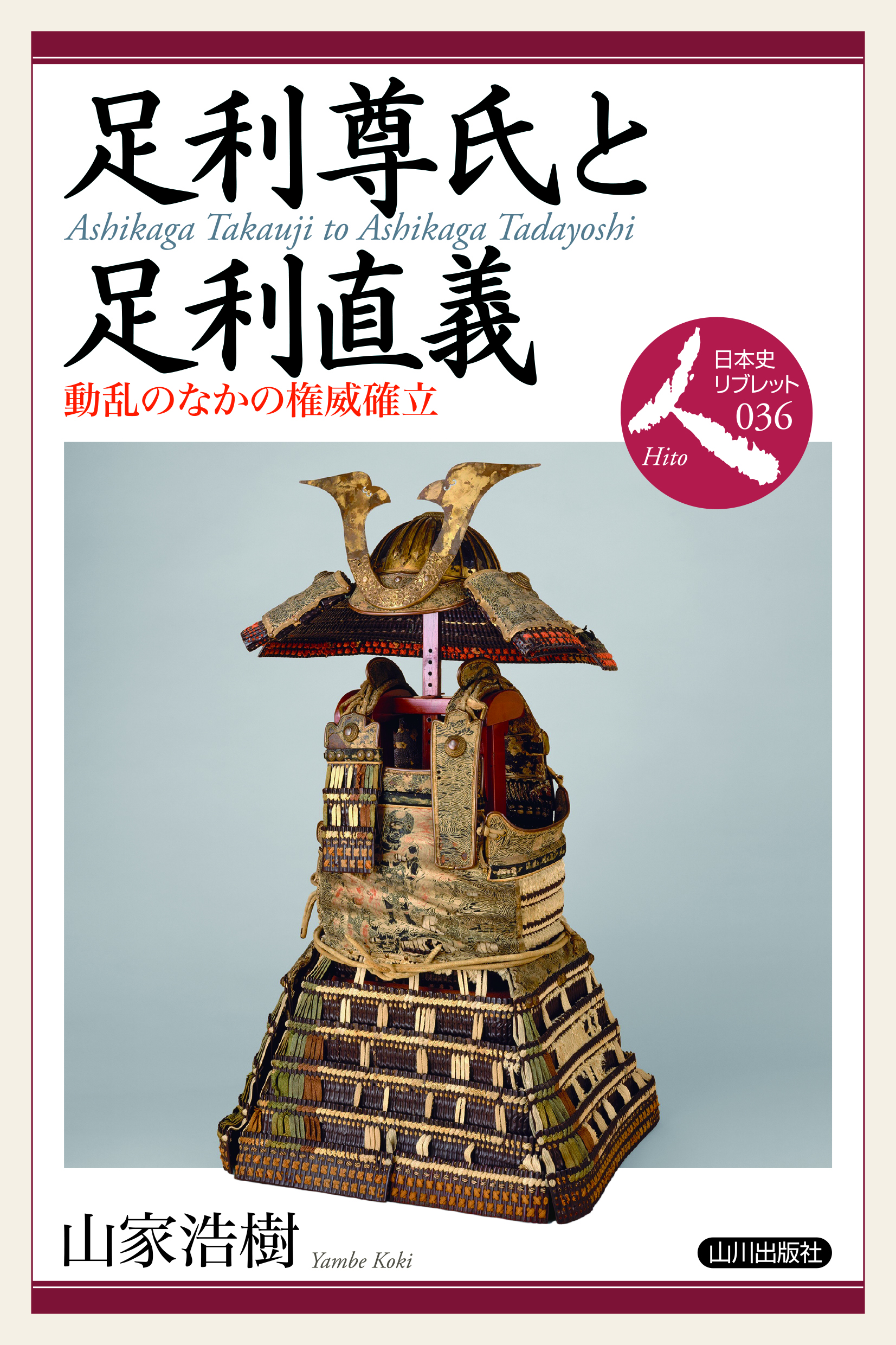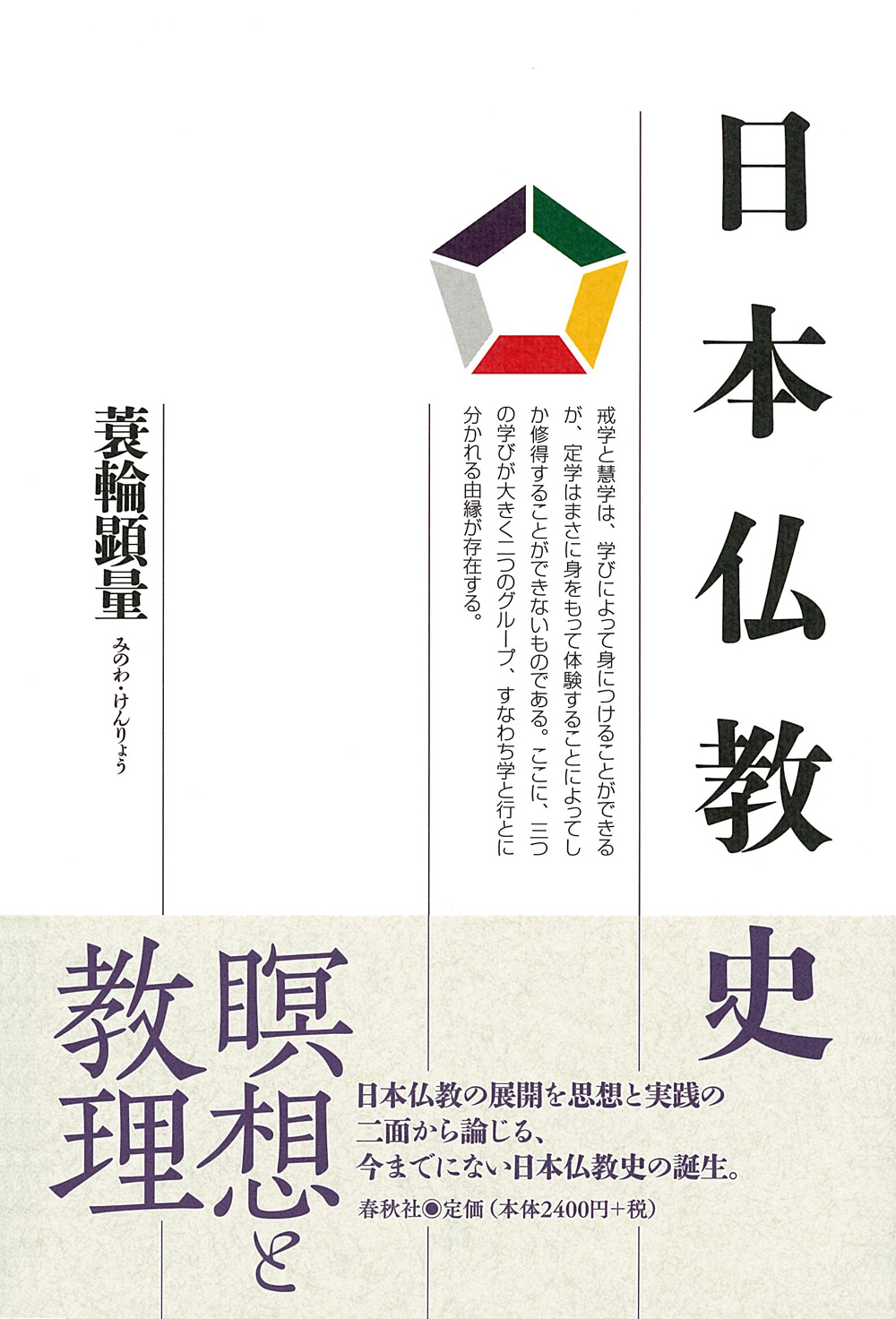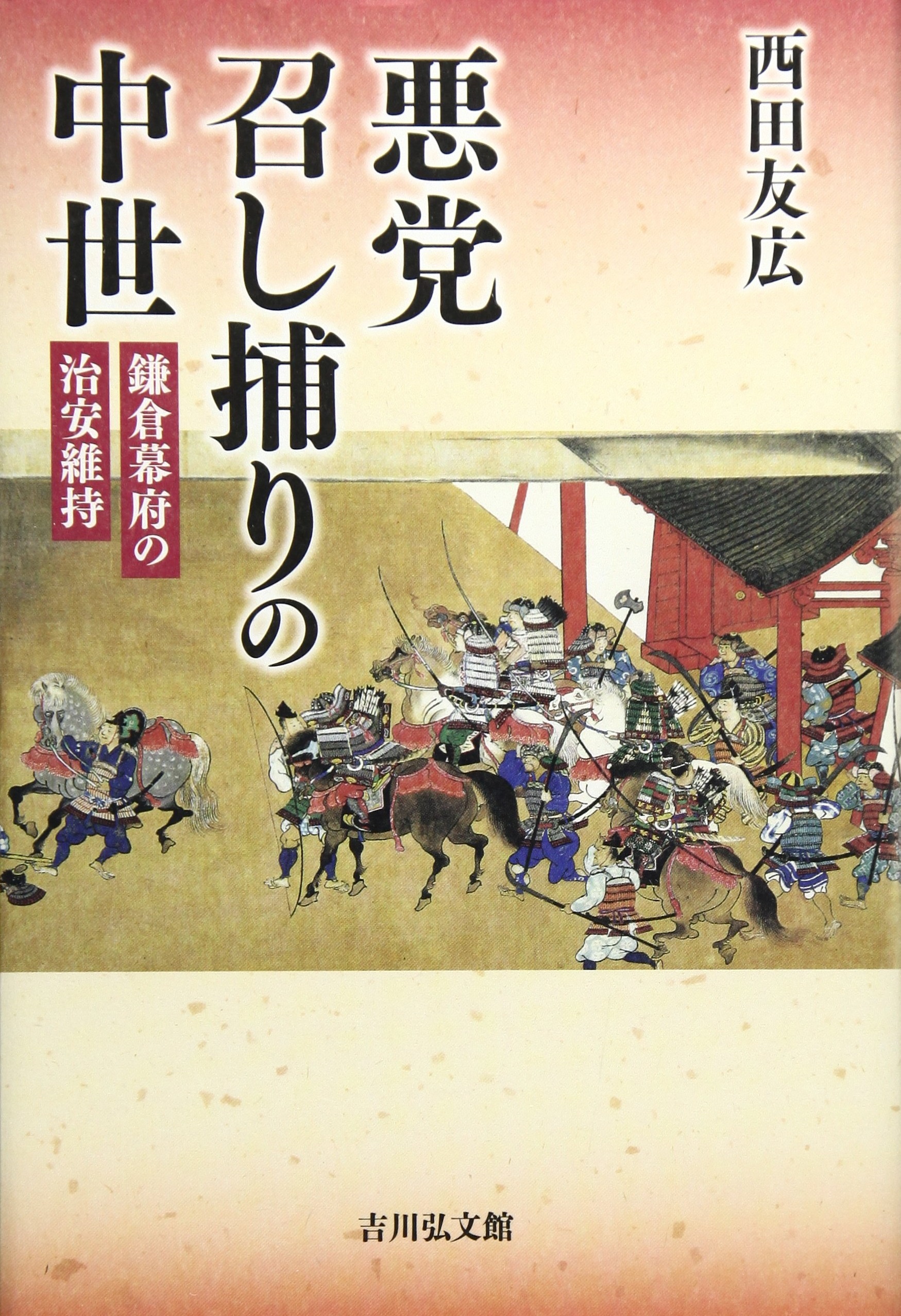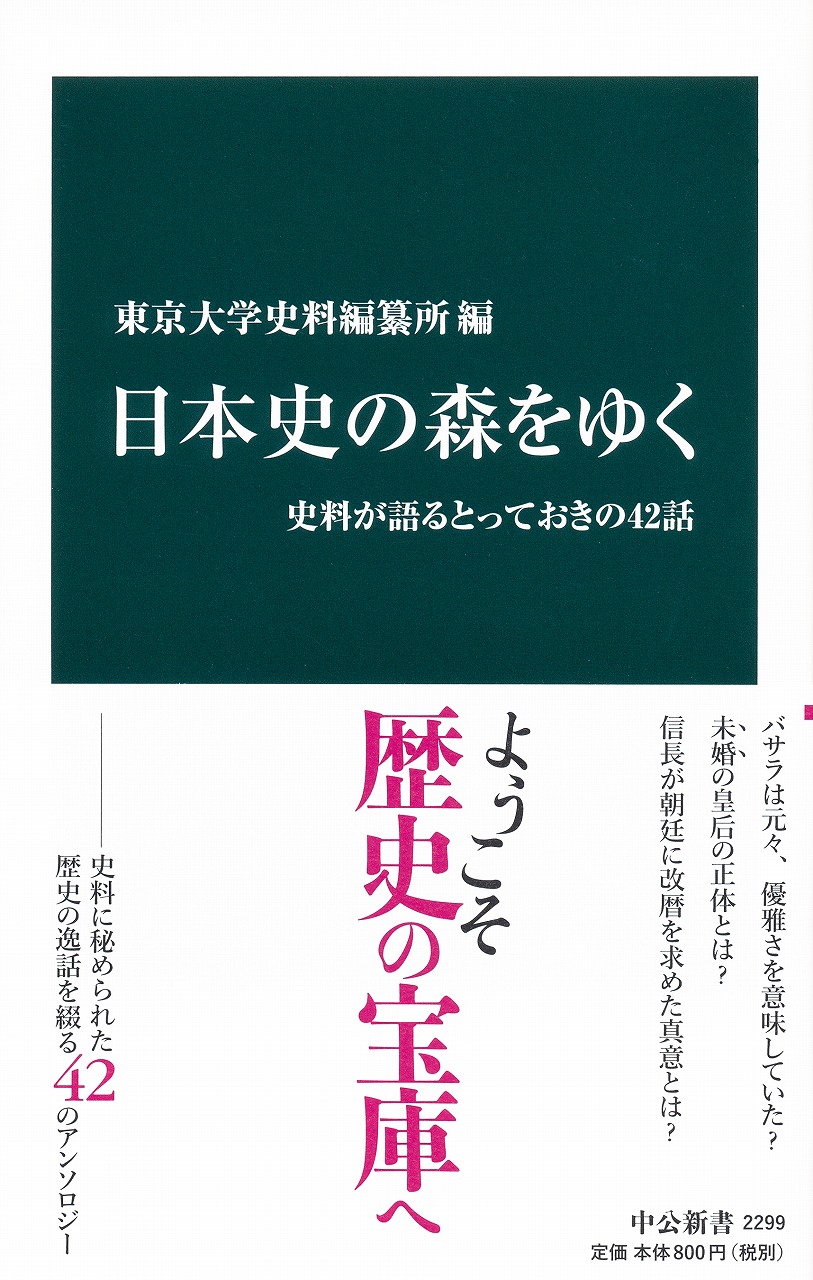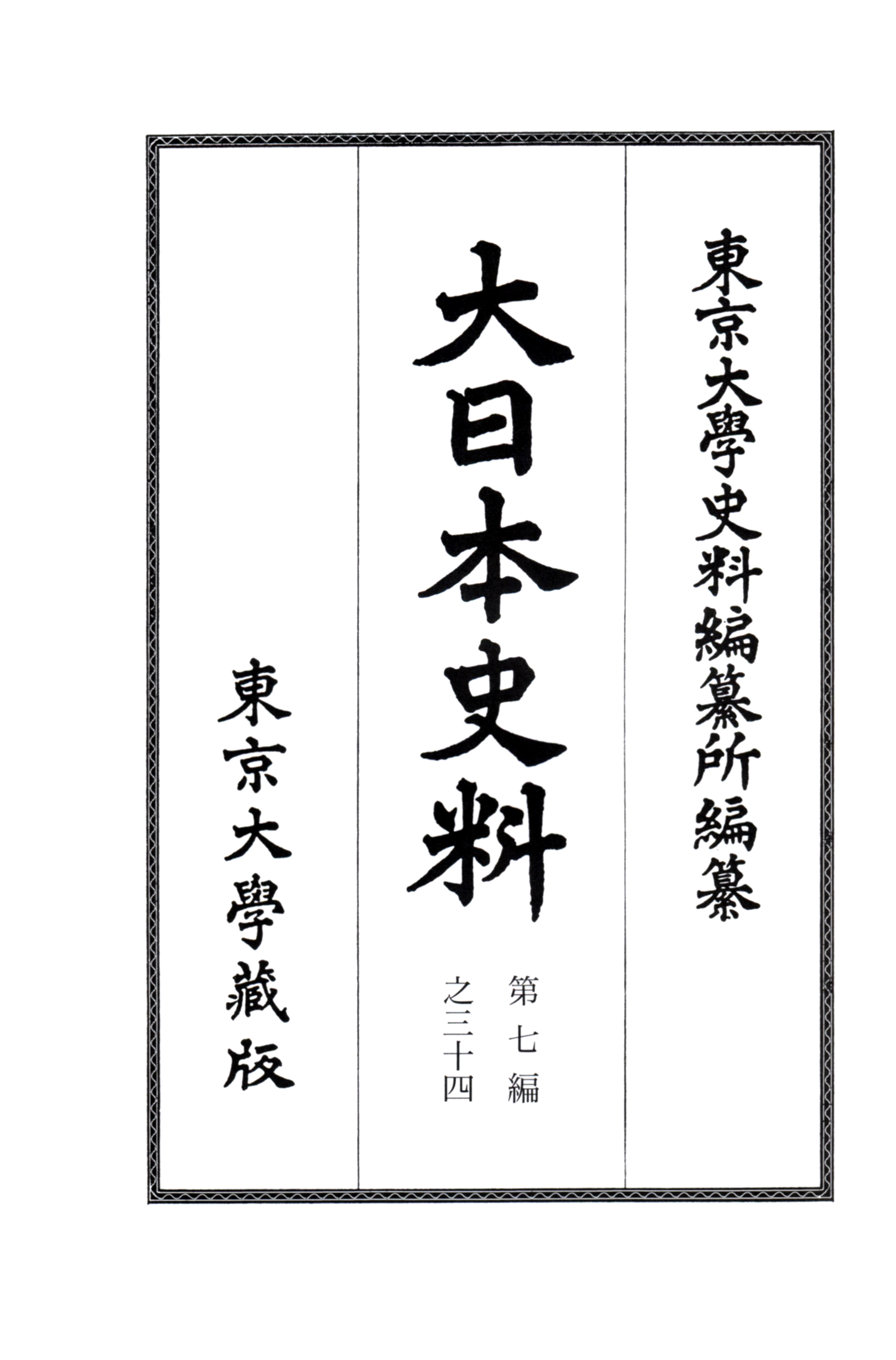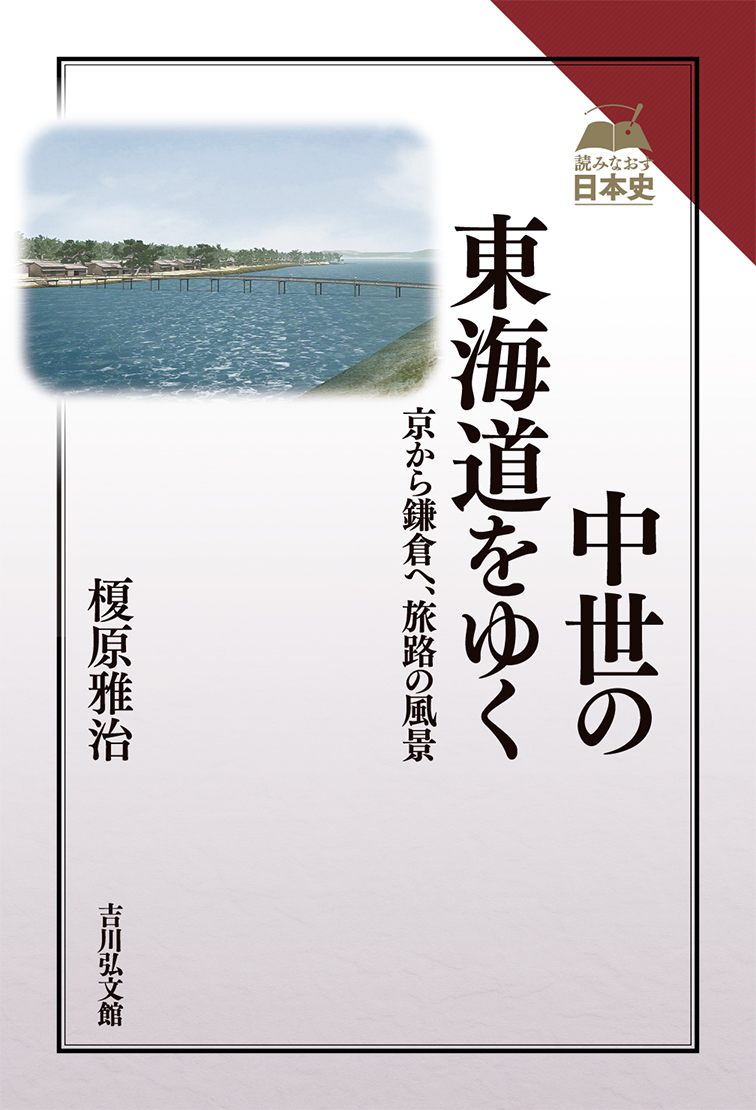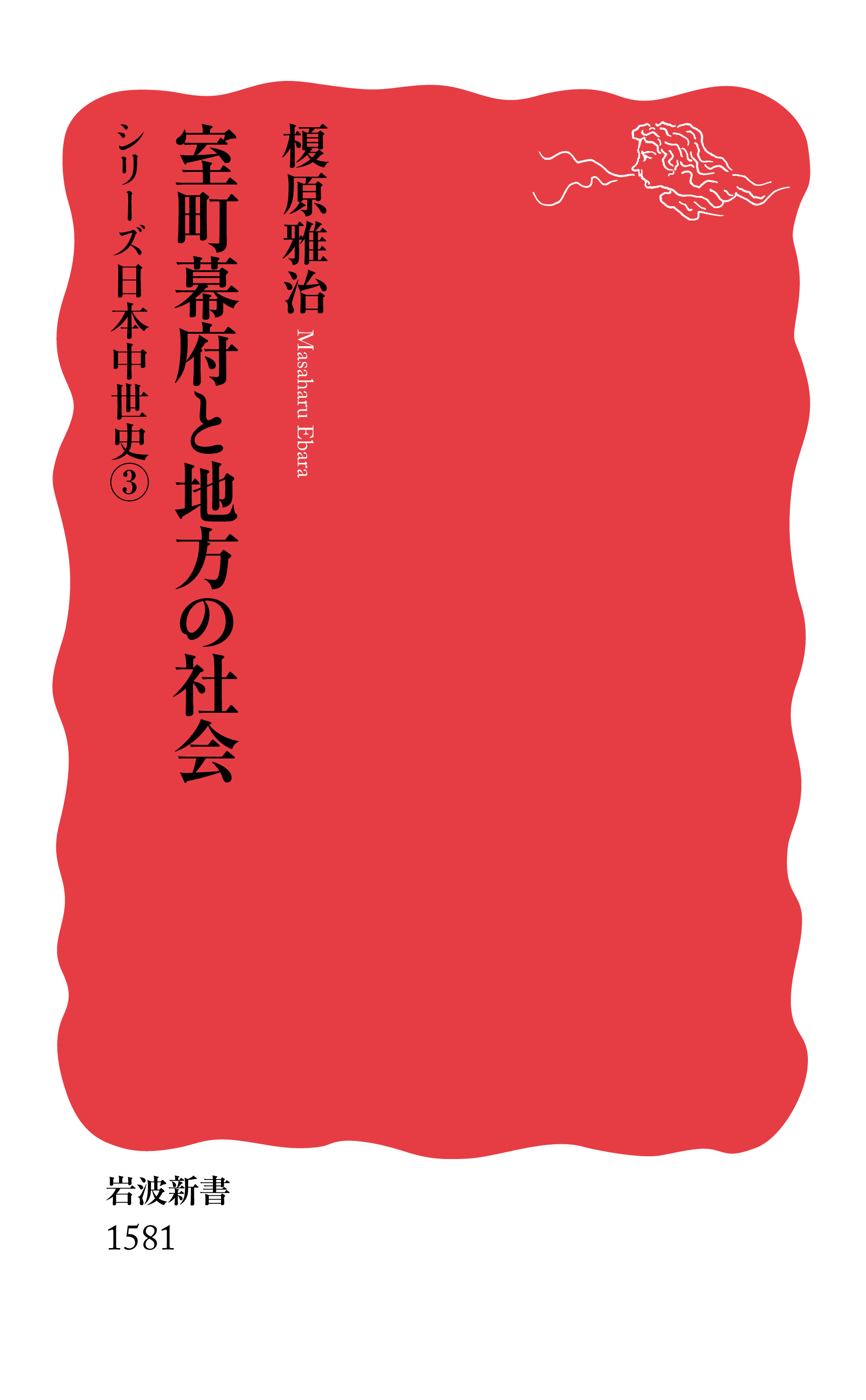
Title
Iwanami Shinsho 1581: Japanese Medieval History Series 3 Muromachi-Bakufu to Chiho no Shakai (The Muromachi Shogunate and Regional Society)
Size
262 pages, paperback pocket edition, softcover
Language
Japanese
Released
May 20, 2016
ISBN
9784004315810
Published by
Iwanami Shoten
Book Info
See Book Availability at Library
Japanese Page
This book surveys the political history and state of society from the fall of the Kamakura shogunate in 1333 to the Meiō coup in 1494, a period of time that can be divided into three periods.
The first period, known as the Nanbokuchō (Northern and Southern Courts) period, covers the fall of the Kamakura shogunate, the inauguration and immediate failure of emperor Go-Daigo’s Kenmu régime, the establishment of the Muromachi shogunate under shoguns selected from the Ashikaga family, the struggles between the Muromachi shogunate and the successors of the Kenmu régime (Southern Court), fighting involving conflict within the Muromachi shogunate, and eventual stability under Ashikaga Yoshimitsu.
The second period corresponds to the period when the Muromachi shogunate exercised effective rule over the whole country, and it is known as the Muromachi period in a narrow sense. The Muromachi shogunate was a régime centred on warriors, but because its headquarters were located in Kyoto, there was considerable contact between warriors and court nobles, both officially and privately. Their integration increased not only in the management of government but also in marriage and cultural events, and there emerged an aristocracy that encompassed court nobles and warriors. But even during this seemingly glittering period there was no end to causes of political conflict, including antagonism between the shogunate in Kyoto and its branch headquarters in Kamakura, which had jurisdiction over the Kantō region, and dissension among powerful daimyō who supported the shogunate.
The third period covers the Ōnin War, which broke out in the second half of the fifteenth century because of discord among powerful daimyō families, who split into two factions, and the subsequent gradual loss of effectiveness in the shogunate’s rule of the country. However, the shoguns did not lose their ambitions to revive the régime, and in this respect this period differs from the Sengoku period in the sixteenth century.
Rather than describing in detail the course taken by shogunal politics and military disturbances or differences in policy due to the individuality of successive shoguns, in this book I have concentrated on detecting the basic principles of rule common to the shoguns. These were two measures implemented at the start of each shogun’s rule. One was decrees proclaiming the continuation of the system of guaranteeing landholdings based on the system of proprietary estates (shōen) and the prosecution of fair trials, and the other was military action for the purpose of displaying military prestige. The various policies and political confusion to be seen in the political history of the Muromachi shogunate in the fifteenth century can be easily understood when considered from these two perspectives.
One further point emphasized in this book is that the Muromachi period was a time when social practices and culture that have continued down to the present day were born. It was during this period that not only the tea ceremony and Noh, mentioned in textbooks, but also the basic shape of farming villages, fishing villages, and so on that has survived down to the present day formed and the festivals performing in these villages were born. It was also during this period that a written culture spread to regional society, and commoners came in contact with a sense of morality based on knowledges of Confucianism, and gained knowledges of history by public entertainment drawn from Japanese and Chinese classics. In this sense, the Muromachi period could be described as a period when traditions linked to the present day were established. However, the nature of this culture and society is rapidly changing today in the twenty-first century. It could be said that we are now witnessing the end of a era that has lasted six hundred years. With this in mind, it is now incumbent on us to consider what Japan is losing and what needs to be protected.
(Written by EBARA Masaharu, Professor, Historiographical Institute / 2018)



 Find a book
Find a book


